KEY POINTS
One of the few councils that saw the UUP increase their seats in 2019.
The DUP are the biggest party on this council, which has the second biggest majority of unionist councillors in NI.
In 2019, the Greens and Sinn Féin won seats for the first time on this council.
The TUV lost their only seat in 2019.
ABOUT THE COUNCIL AREA
Geographically, Lisburn and Castlereagh City Council is shaped like a hen: the consequence of amalgamating four fifths of the old Lisburn City Council with a little under two thirds of Castlereagh District Council. For five years in a row, across all 11 councils, Lisburn and Castlereagh has had the highest Gross Disposable Household Income per head, totalling £19,795 in 2020.
PREVIOUS ELECTIONS
In 2019, the DUP took 36.7% of first preference votes, massively above their Northern Ireland-wide share of 24.1%.
Alliance achieved the second highest share in 2019 (23.6%) but came third in seats.
11 out of 12 UUP candidates won in 2019, increasing their seat count by three and improving their vote share (17.6% up from 16%) in results that bucked the NI-side trend.
The SDLP (8.7%) polled above Sinn Féin (5.4%) in 2019, though both parties won two seats.
SINCE 2019
Within nine months, Alliance’s Tim Morrow resigned and handed the reins to Sharon Lowry.
Nathan Anderson (formerly DUP) now sits as an independent.
Si Lee (formerly Green Party) defected to the SDLP.
David Honeyford and Sorcha Eastwood were elected to the Assembly in May 2022.
COMMENTARY
Results from Lisburn and Castlereagh may foretell the story across Northern Ireland, namely the battle within unionism, within nationalism, and any further rise of support for Alliance.
Both former councils – Lisburn and Castlereagh – were unionist strongholds, and the new council has remained strong territory for the DUP. In 2014, the party was just shy of an overall majority on the council (20 out of 40 seats), but in 2019 it suffered a loss of five seats. Even with these losses the DUP remained the largest party on the council and will still have the largest clout after May’s election.
The UUP have a solid base of support with 11 councillors elected in 2019, up from eight in a showing that went against the party’s Northern Ireland-wide downward trend. The DUP are entering at a low ebb from their disappointing 2019 result. They will be hoping they can halt the UUP and potentially gain back lost ground in Lisburn North and Lisburn South. The big unknown within unionism is the TUV, who lost votes in 2019 but have performed well in other elections in the area in the meantime.
Alliance nearly doubled their vote share in 2019, but only picked up two extra seats due to running insufficient candidates to soak up excess quotas of votes. Now second largest in terms of votes, but third in seat numbers, Alliance are looking to build on their continued momentum since 2019, most likely cannibalising some of the UUP’s gains in the last election.
Shifts are to be expected within nationalism. The SDLP lost a seat in 2019, and Sinn Féin may well rise above them in terms of first preference votes and seats in May 2023. Former SDLP MLA Pat Catney who had been expected to challenge for his old seat in Killultagh is instead running to retain the Lisburn North seat held by Johnny McCarthy (originally elected as NI21’s only successful candidate in 2014 before joining the SDLP). Sinn Féin are also targeting this seat to build on their 0.6 quotas of first preferences in 2019. In Castlereagh South, John Gallen is seeking re-election alongside his SDLP running mate, former Green Councillor, Si Lee. Given the SDLP’s performance in 2019 (1.3 quotas), even if Lee retains a portion of his Green vote (0.6 quotas), holding both seats will be a stretch without an increase in support or turnout.

